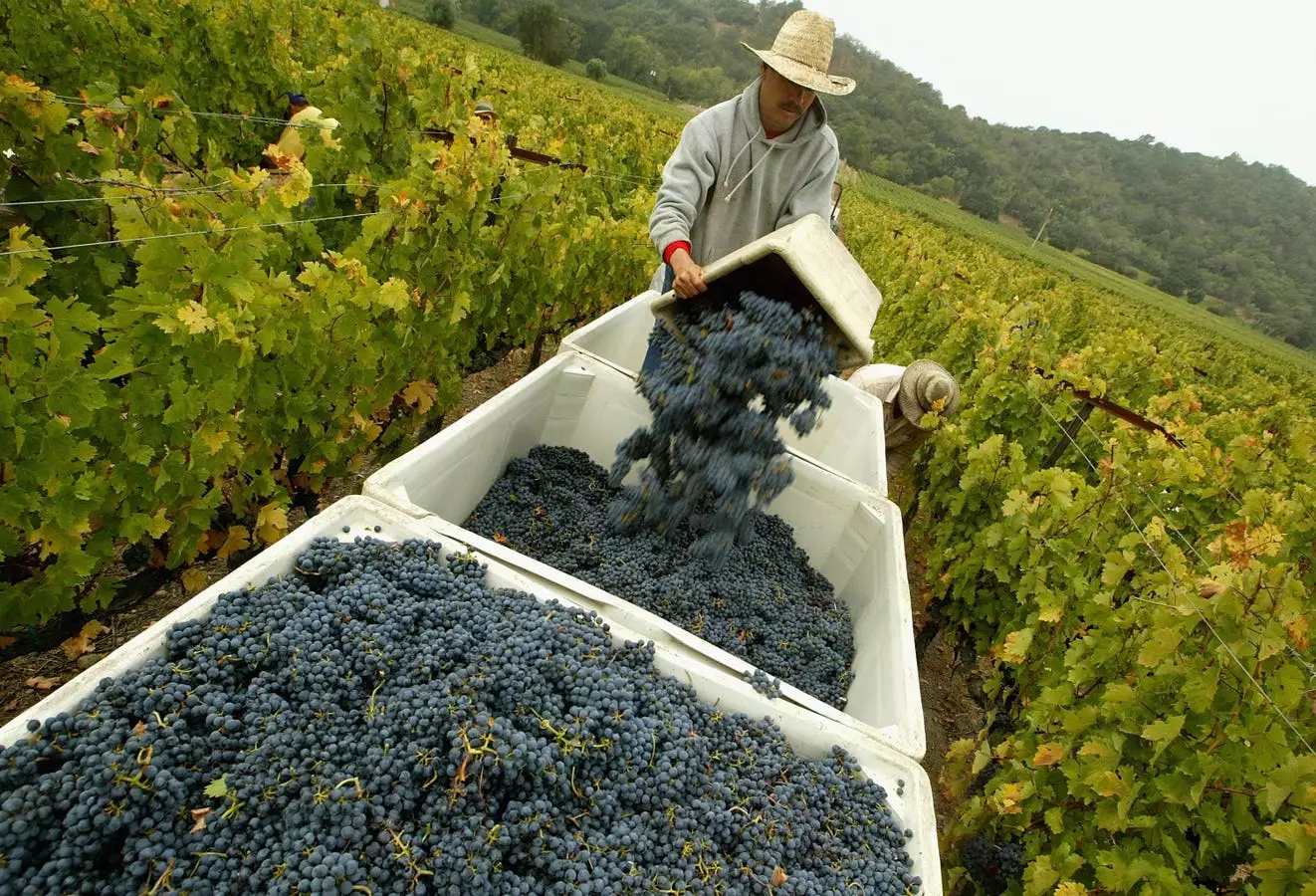The U.S. wine industry is undergoing a significant transformation, as highlighted in the 2024 State of the U.S. Wine Industry report. Authored by Rob McMillan, this document serves as a crucial reference point for stakeholders aiming to navigate the complexities of the market. While the report details some stark realities, it also offers a hopeful perspective for the future of wine in America.
The 2024 report reveals an alarming trend: growth in the wine sector has stalled, showing a trajectory close to zero. Multiple factors are at play, particularly a shift in consumption patterns among younger demographics. With millennials and Gen Z prioritizing low or non-alcoholic alternatives, the traditional wine market is facing challenges it has never encountered before. Furthermore, an aging population of wine drinkers is gradually declining, exacerbating existing market pressures. McMillan notes that specific regions of the U.S. are grappling with overplanting, leading to an oversupply that will necessitate market corrections well into 2026.
The decline is not merely a temporary setback; it signals a deeper, more enduring market transformation. The wine industry must acknowledge these shifts and adapt its strategies. As McMillan cleverly points out in the report, “Hope is not a strategy,” implying that passive observation of market trends is no longer an option for producers and marketers.
One of the pivotal strategies noted in the report is a targeted marketing approach toward the 30-45 age demographic. Many established wine producers have historically catered to older consumers, but with this audience’s contracting numbers, it’s vital to attract a younger cohort. This involves rethinking marketing strategies, which are often cluttered with competing categories. The industry needs to evolve to capture the attention of potential wine drinkers who may be looking elsewhere.
Additionally, McMillan emphasizes a remarkable opportunity for consumers facing a marketplace in flux. With a reduction in sales, established brands may pivot to adjust their pricing structures while contemplating promotions such as free shipping to attract buyers. Particularly during uncertain times, these shifts could enable savvy wine lovers to discover high-quality selections at more affordable prices.
The anticipated 2024 wine crush in California is projected to be a meager 3.2 million tons, marking the lowest output since 2008. This significant downturn indicates an urgent need for wineries to reassess their production capacities and align them with market needs.
Economic Realities and Industry Sentiment
The report’s findings reflect widespread discontent within the industry, with 28% of surveyed participants characterizing 2024 as a disappointing year. This sentiment is underscored by macroeconomic challenges such as labor shortages, fluctuating consumer demands, and overarching environmental concerns—especially regarding water availability in critical grape-growing regions.
Interestingly, optimism is not entirely absent from the report. Producers in Virginia, which ranks as the eighth-largest wine producer in the nation, reported a marked degree of optimism, with 68% believing that their circumstances for 2024 were improving. This contrast further underlines the varying experiences across geographic locations and market segments within the wine industry.
Despite the challenges presented in the report, McMillan expresses a sense of resilience observed within the winery ownership community. Those who have cultivated strong brand identities over years of operation are likely to emerge from this tumultuous period even stronger. The maturity and adaptability of long-standing brands can create new pathways to success amid evolving market conditions.
While many wineries indicate financial health as “good,” the fact that 21% describe theirs as strong reveals the ongoing potential for a resurgence. The winery landscape is not uniform, and operators equipped with effective brand strategies might weather the current storm and seize emerging opportunities.
As the wine industry faces a reset characterized by substantial market corrections, the onus is on stakeholders to actively engage with these challenges. From re-strategizing marketing efforts to addressing environmental and economic concerns, a concerted approach is vital for future growth. Embracing innovation, staying in tune with consumer preferences, and informing strategic pivots will be essential to navigate this new era in the world of wine.
While the 2024 State of the U.S. Wine Industry report reveals a sobering landscape fraught with challenges, it equally highlights a potential pathway toward recovery and renewal. The industry must heed McMillan’s advice, moving urgently and decisively away from passive learning to active engagement in reshaping the future of wine in America.


Leave a Reply